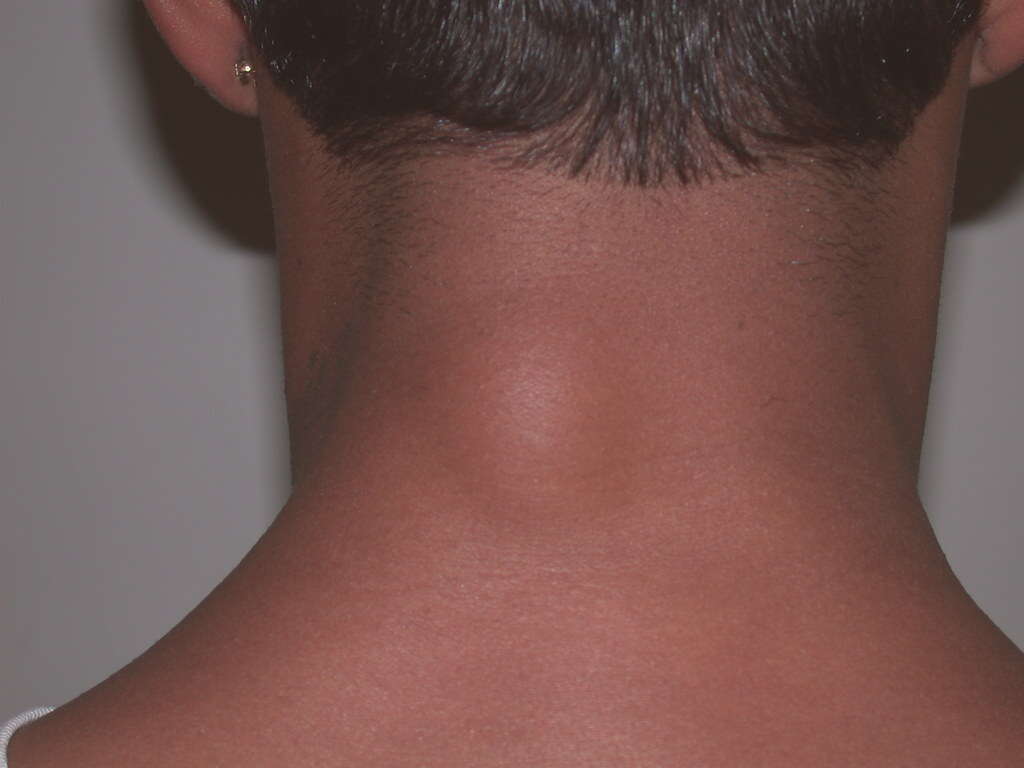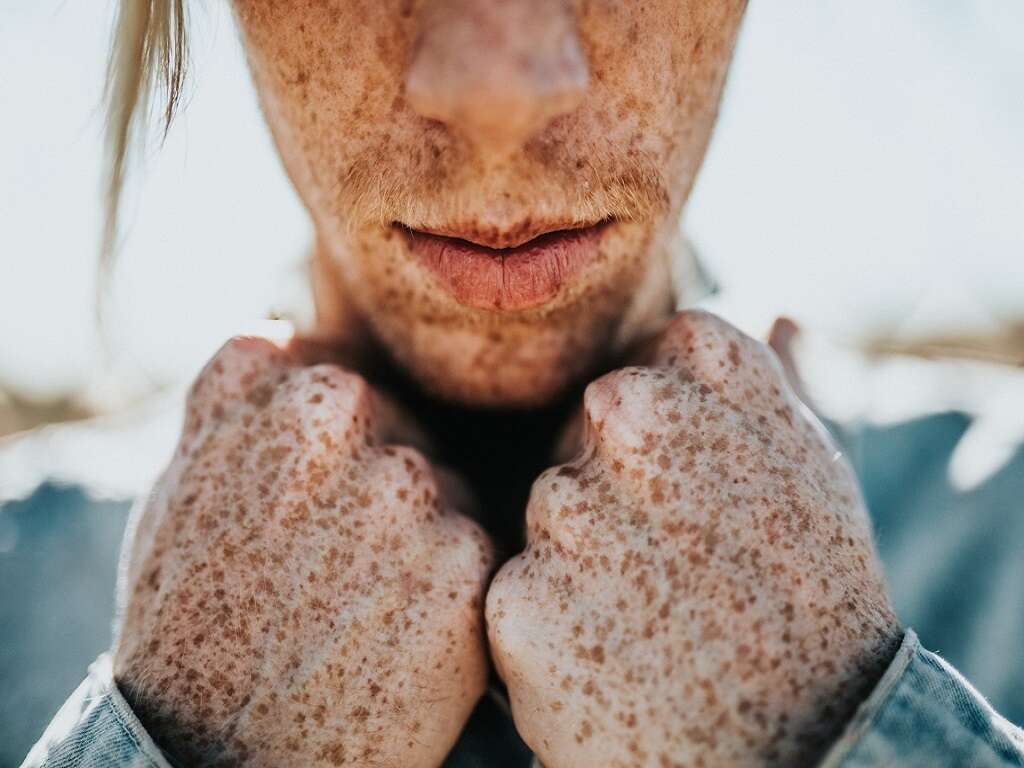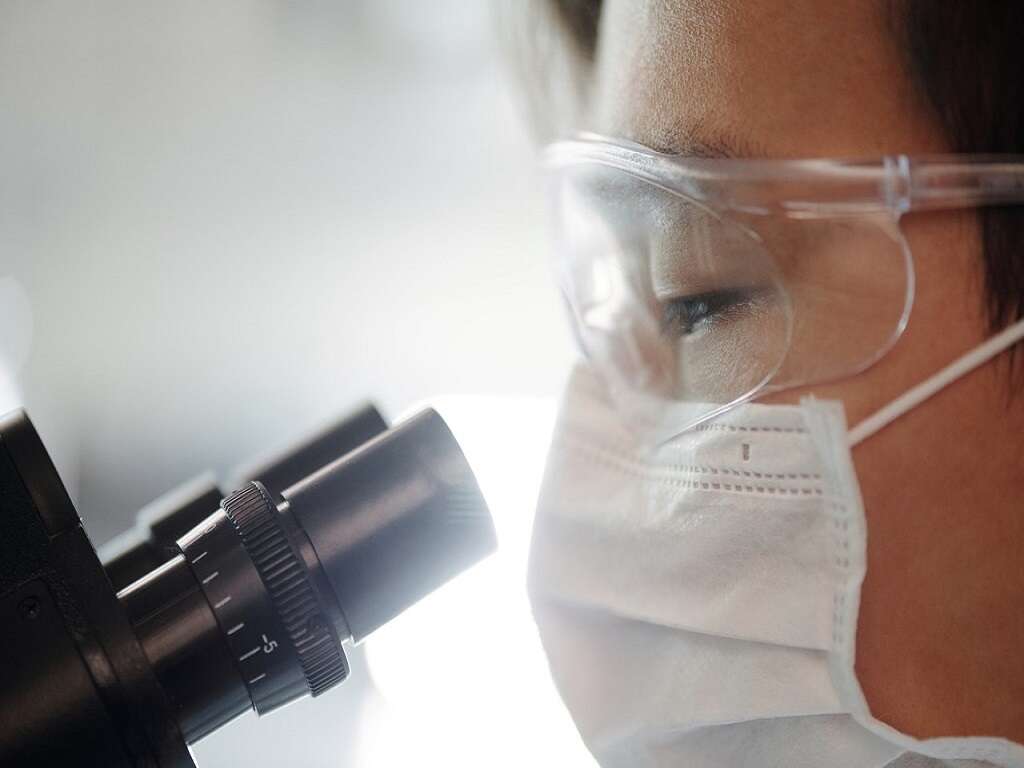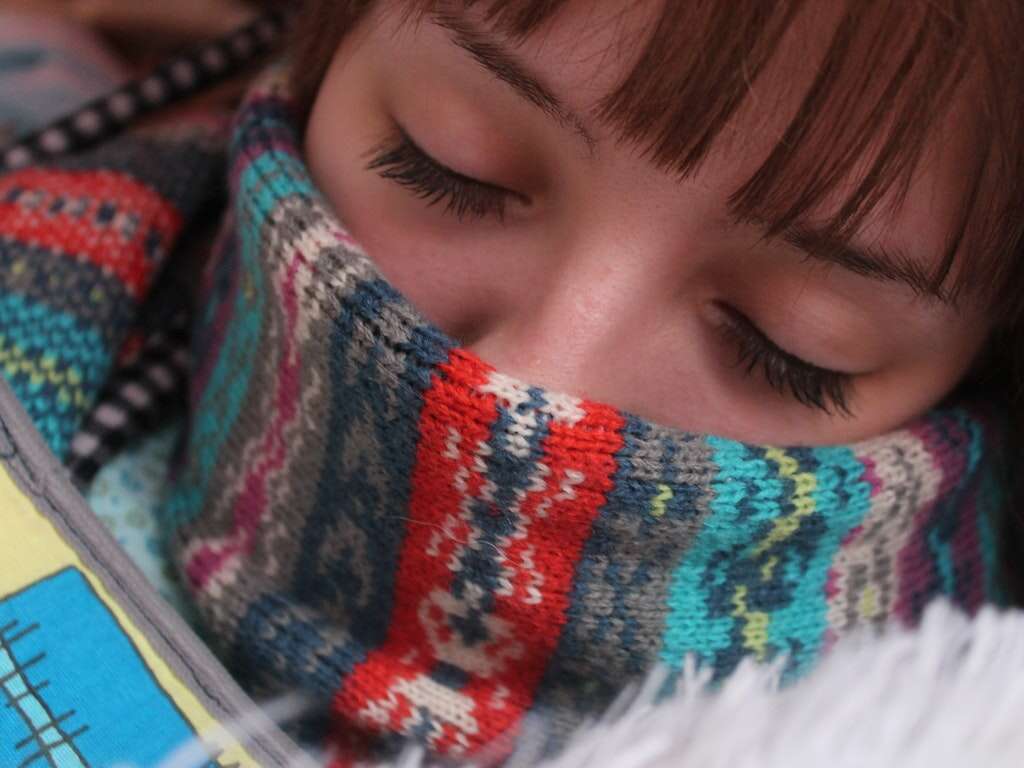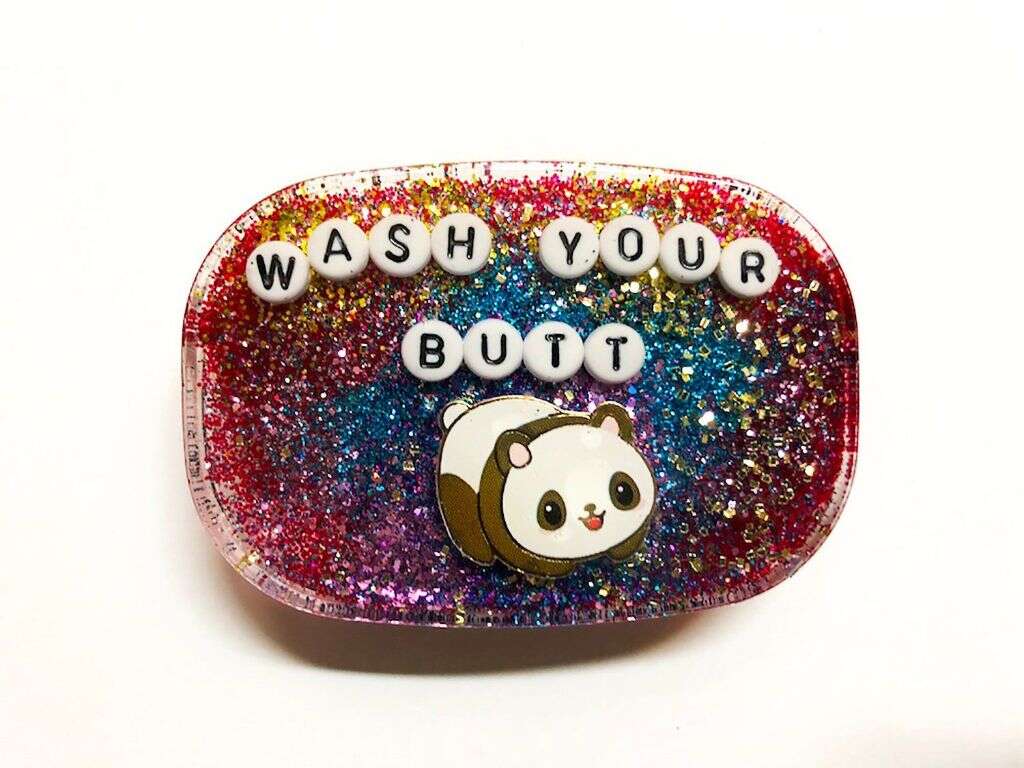10 Causes of Pilonidal Cyst
A pilonidal cyst usually occurs between the cheeks of the buttocks at the upper end. It is a skin infection. Symptoms of a pilonidal cyst include swelling, redness, and pain. There can also be fluid drainage. It most commonly affects males between the ages of 15 to 35. While it is most commonly found near the coccyx (tailbone), it can also be found in the armpit, navel, and genital region.
If there is an infection, the treatment includes incision and drainage. Other options include antibiotics, depilatory creams, and hot compresses. If there is surgery, postsurgical wound packing may be required.
To prevent recurrence, shaving of the area may be beneficial. It is estimated that about 3 per 10,000 individuals are affected annually.
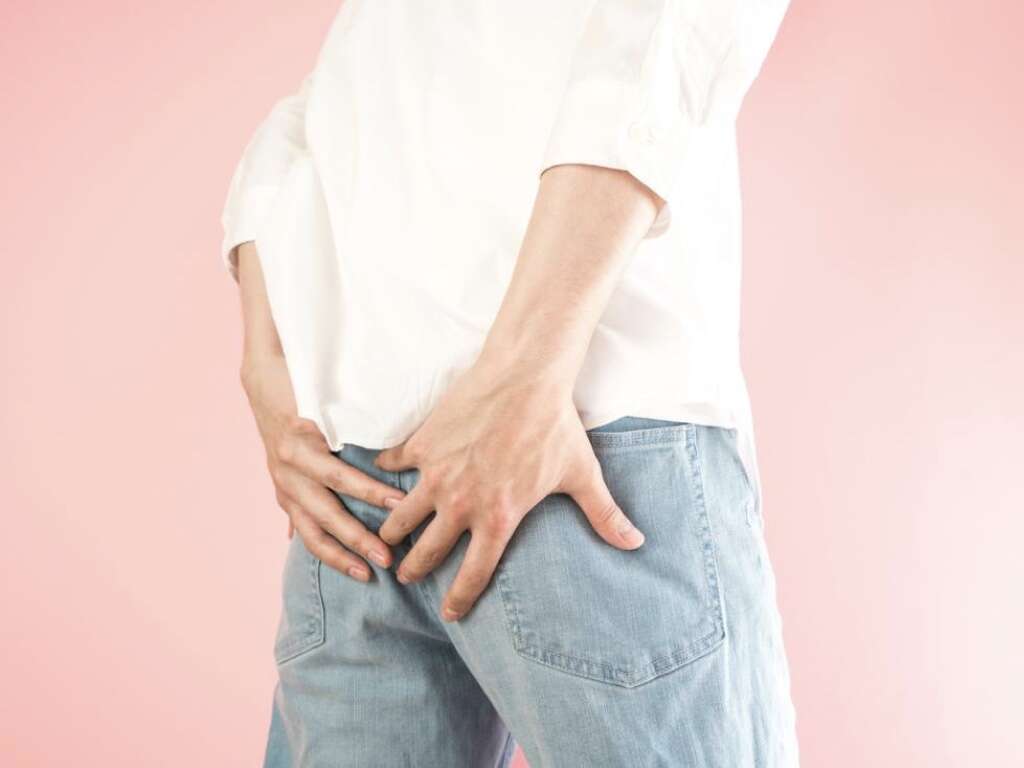
Cause #1: Obesity
Obesity refers to the condition where there is an accumulation of excess fat to the point where it has a negative impact on health. It can be defined as having a body mass index [BMI = weight (kg) / height (m) x height (m)] of more than 30 kg/m2.
Obesity has been linked to an increase of various issues such as cardiovascular disease, obstructive sleep apnea, type 2 diabetes, osteoarthritis, cancer, and depression. In most cases, obesity is caused by lack of physical activity, excessive food intake, and genetic susceptibility. Studies have also observed an association between obesity and a pilonidal cyst.
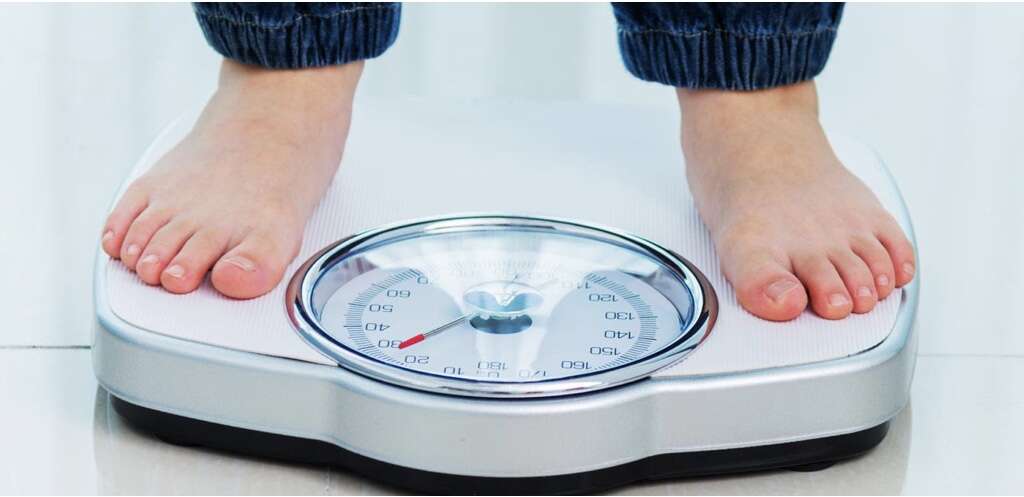
Cause #2: Family History
It has been observed that a pilonidal cyst tends to occur in those who have positive family history. For those with a positive family history, it may help to reduce the risk if they try to look at what other risk factors affect the family and themselves.
A pilonidal cyst may tend to occur in the family due to family members being overweight, being too hairy, or having sedentary lifestyles. Patients with these additional risk factors can try to change their lifestyles to reduce the likelihood of having a pilonidal cyst.

Cause #3: Prolonged Sitting
Research has shown that sitting for prolonged periods can be associated with various health issues. Examples include obesity, high blood sugar, high blood pressure, excess body fat especially around the waist, abnormal cholesterol levels, cardiovascular disease, and cancer. Studies have found that those sitting more than 8 hours a day without physical activity have the same risk of dying as those who are obese or smoking.
In the case of a pilonidal cyst, prolonged sitting has been thought to predispose individuals to this condition as sitting increases the pressure on the coccygeal region. This condition was once known as “Jeep seat” or “Jeep riders’ disease” as many individuals, especially soldiers in World War II who were hospitalized for it, rode in Jeeps for a prolonged duration, which led to the belief that the condition was caused by the pressure and irritation on the coccyx. It has been estimated that as many as 80,000 US soldiers were admitted and treated for this condition between the years 1941 to 1945.
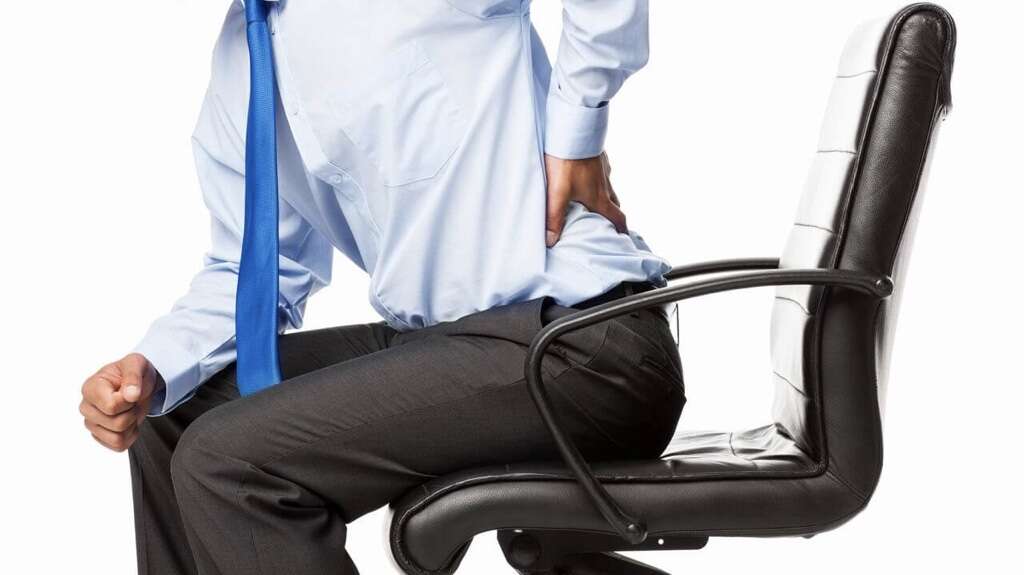
Cause #4: Inadequate Exercise
Exercise refers to any activity that improves or maintains physical fitness, wellness, and health. It is performed to increase growth or development, strengthen muscles, improve the cardiovascular system, prevent aging, lose or maintain weight, and hone athletic skills, among simply enjoying it.
It is important as it also helps regulate digestive health, maintain joint mobility, and strengthen the immune system. For most individuals, it has been recommended that at least 150 minutes of moderate activity or 75 minutes of vigorous activity every week should be done. It has been observed that those with inadequate exercise have a higher risk of a pilonidal cyst.
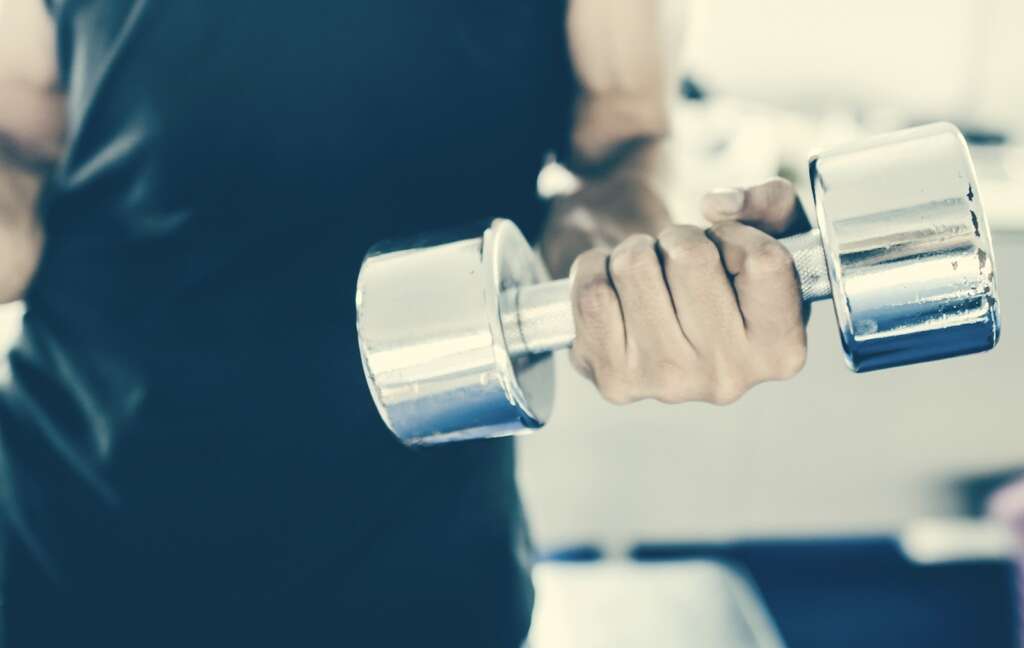
Cause #5: Amount of Hair
Hair grows from follicles that can be found in the dermis. One of the defining characteristics in mammals, it covers most of the human body except the soles of the feet, palms of the hands, and lips. It is primarily composed of protein (alpha-keratin).
Hair functions to help regulate temperature, protect crucial body parts (such as the eyes), and play a key role in nonverbal communication. Since it has been theorized that the penetration of hair into the skin causes granulomatous reaction and leads to the development of a pilonidal cyst, the risk of a pilonidal cyst increases if an individual has excess body hair and/or has stiff or coarse hair.

Cause #6: Ingrown Hair
An ingrown hair occurs when a hair curls into or grows sideways into the skin. It is most commonly seen among those with curly or coarse hair. An ingrown hair may or may not be accompanied by an infection known as folliculitis.
Although an ingrown hair can occur anywhere, it is most commonly seen on areas where the skin is waxed or shaved such as the legs, beard, armpits, and pubic region. An ingrown hair can be caused by anything that causes the hair to be broken off leaving a sharp tip. Another contributing cause would be the lack of natural exfoliation of the skin. An ingrown hair is another proposed cause of a pilonidal cyst.

Cause #7: Pilonidal Dimple
A pilonidal dimple, or sacral dimple, refers to the small depression located above the buttocks. Sacral dimples only occur in about 4 percent of the population.
Although most dimples are minor without any underlying disease, it can also be a sign of disease such as spina bifida or kidney issues that can be checked using an ultrasound. Some researchers have also proposed that pilonidal cysts may be due to the pilonidal dimple. More research will be needed to prove this theory.
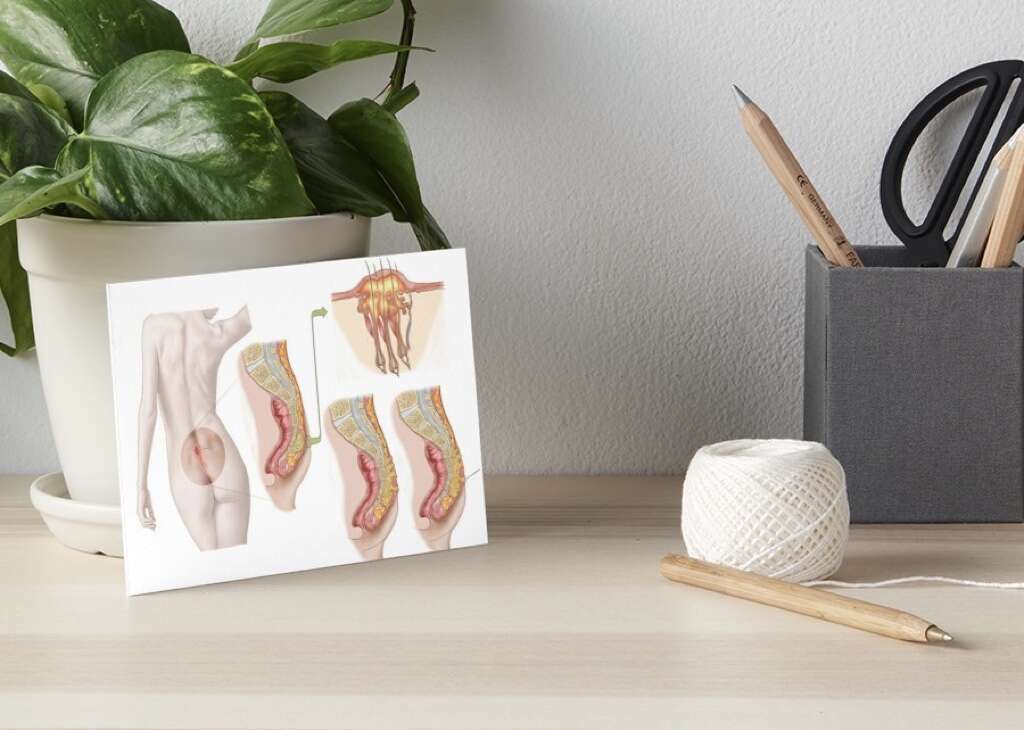
Cause #8: Excessive Sweating
Sweating or perspiration refers to the production of fluids that are secreted by the sweat glands of mammals. There are two types of sweat glands in humans: the apocrine and eccrine glands. The main function of sweating is for thermoregulation.
The evaporation of sweat from the surface of the skin has a cooling effect. Excessive sweating has been thought to be a contributing factor that causes a pilonidal cyst. This may be from the stretching of the hair follicles from moisture, which creates a low oxygen environment leading to the growth of anerobic bacteria. Anerobic bacteria is often found in pilonidal cysts. Wound healing is hampered due to the low oxygen levels and presence of bacteria.
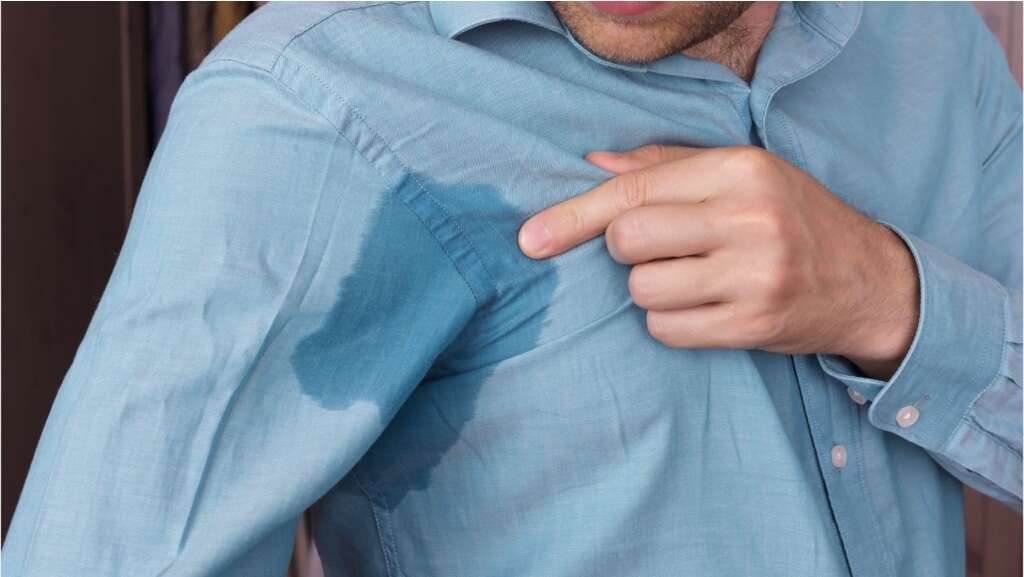
Cause #9: Trauma
Trauma or physical injury occurs when there is damage to the body due to an external force such as falls, sharps, weapons, and accidents. pilonidal cysts can occur when a hair punctures and embeds in the skin. There are also cases where trauma can result in inflammation of an existing cyst.
An infected pilonidal cyst can progress to become an abscess that can be extremely painful. There are also experts who believe that trauma to that region of the body can result in pilonidal cysts. Further research will be needed to confirm the theory.

Cause #10: Age and Gender
Risk factors refer to factors that increase the likelihood of a disease. They can be divided into modifiable and nonmodifiable risk factors. Modifiable risk factors are aspects that one can influence or change while nonmodifiable risk factors cannot be changed.
In a pilonidal cyst, age and gender are both nonmodifiable risk factors. A pilonidal cyst has been observed to occur predominantly in males (at a ratio of 3–4:1 compared to females) and those who are in their late teens to early twenties. The incidence decreases after the age of 25 and is rare after the age of 45.




